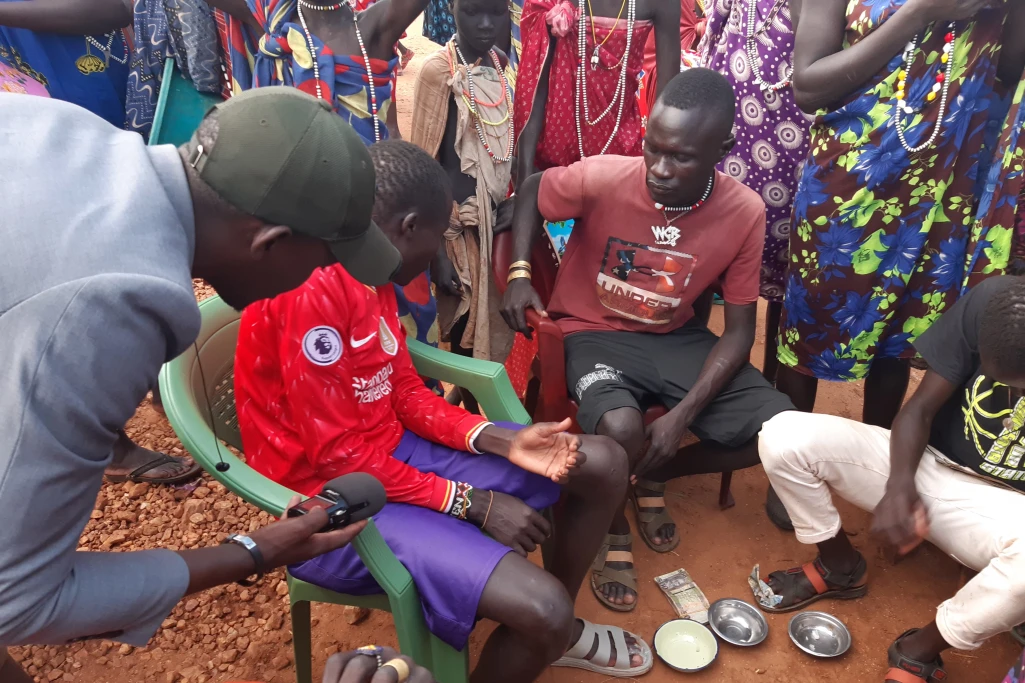
The deputy head teacher for Loriyok Primary School at Camp 15 in Budi County says pupils have stopped attending classes because they are busy mining gold.
Founded in 2009 by a humanitarian organization, Loriyok had been reportedly admitting about 500 learners until recently when a gold mine was opened to public.
According to officials, the mining site is located about five kilometers from the day school.
Joseph Ohiya says majority of the schoolchildren no longer report to school daily – with only 31 pupils remaining dedicated to learning.
“It started this term when the mining area became more active. The leaners come twice or three times a week, not daily,” Ohiya told Singaita FM on Monday.
The school, he said, now has a total of 200 children, who still do not attend classes regularly. The other 300 have completely stopped going to school.
Ohiya went on to urge the government and parents to look into the matter.
Eastern Equatoria, along with Central Equatoria, contains some of the most important and best-known sites for artisanal and small-scale gold mining (ASM), according to a report by The Enough Project.
Some estimates put the number of miners at 60,000 working at 80 different locations in the area, including Nanaknak, Lauro (Didinga Hills), Napotpot, and Namurnyang.
Locals primarily use traditional mining techniques, panning for gold from seasonal streams in various villages. The work provides miners’ families resources to support their basic needs.